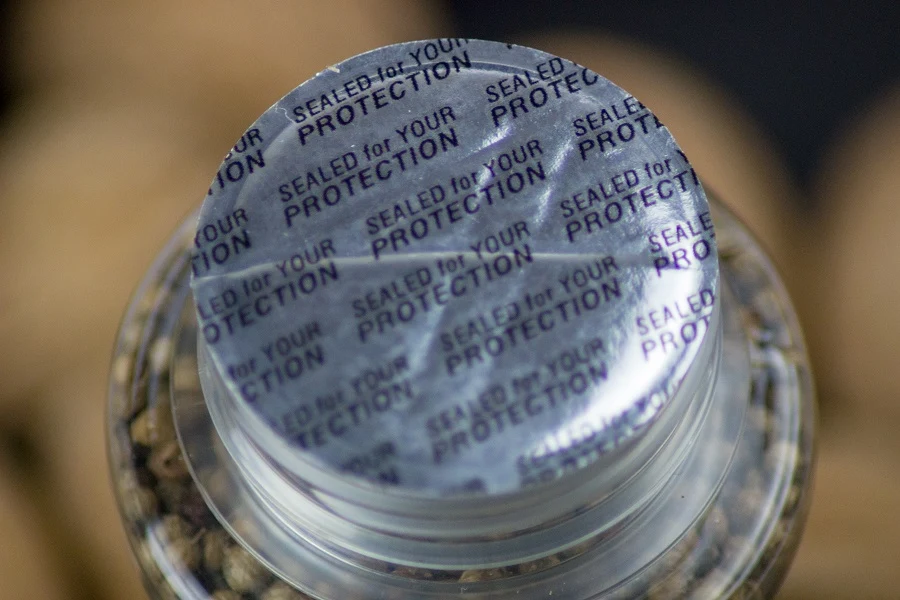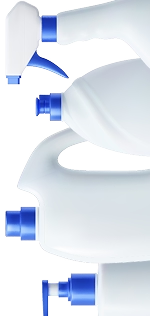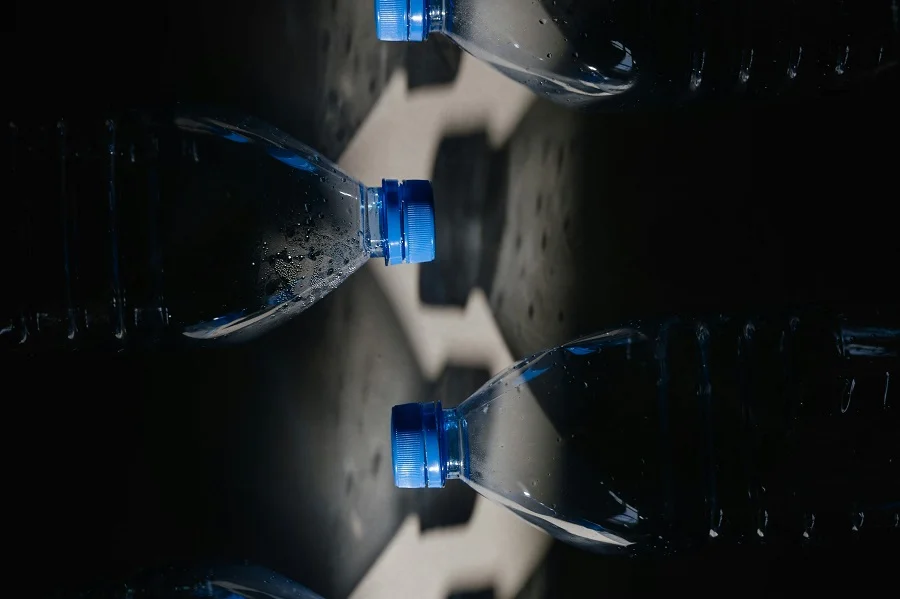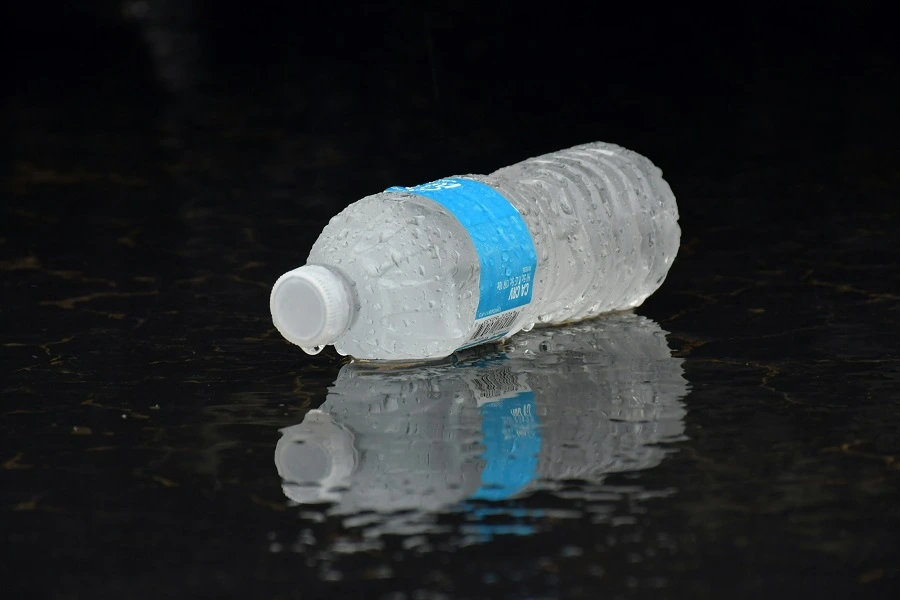Tamper Evident vs. Child Resistant Closures: What's the Difference?
- ByRobert "Rob" Starmann
- July 15, 2025
Think all safety closures are the same? Think again. In the world of packaging, two critical safety features often get confused: tamper-evident and child-resistant closures. While both protect consumers, they serve different purposes, and choosing the wrong one could put your brand at risk. This is where our experts step in and help.
One-size-fits-all doesn't work for safety. Ashland Container provides customized tamper-evident and child-resistant solutions tailored to your product and industry. Get a quote now.
Tamper Evidence: Your Product's Security Guard
In today's world, product integrity is paramount. That's where tamper-evident packaging comes in as a visible security guard to reassure customers that the item they're purchasing is safe and untouched. Let's explore the world of tamper-resistant packages.
Tamper-resistant packaging doesn't prevent interference; it reveals it. Think of it as your product's built-in security camera that offers unmistakable proof when someone has accessed your product.
The golden rule: If you can't tell it's been opened, it's not truly tamper-evident.
Child Resistance: The Ultimate Safety Challenge
Child-resistant closures present a unique challenge to product safety: preventing accidental ingestion by young children while remaining accessible to adults.
The 5-Year-Old Test: A Rigorous Standard
Child-resistant closures undergo stringent testing designed to simulate real-world scenarios. The most well-known standard involves a series of tests with children aged 3-5 and senior adults. These tests are implemented to meet certain guidelines, such as the PPPA guidelines.
Key insight: "Child-resistant" doesn't mean "child-proof". It signifies that the packaging is significantly difficult for children under five to open within a reasonable timeframe.
Critical Differences Between Tamper-Evident & Child-Resistant Closures
While tamper-evident and child-resistant closures enhance product safety, they serve distinct purposes and target different audiences. Confusing the two can lead to inadequate protection and potential harm. Understanding their core differences is crucial for choosing the right closure for your product and target user.
Tamper-evident closures reassure consumers that a product is untouched, while child-resistant closures prevent young children from having access. The critical differences can help choose the right closure to prioritize product safety and build consumer trust.
Packaging Safety Across Industries: Matching Closures to Product and Regulation
Tamper-evident and child-resistant closures are crucial for different industries, addressing unique safety and regulatory needs. Here's a detailed breakdown of use cases.
Tamper-Evident Champions
Child-Resistant Requirements
Ashland Container: Your Child-Resistant Packaging Partner
At Ashland Container, we understand that choosing the right closures is paramount for protecting your products, consumers, and brand reputation. You don’t want to trust just anyone with this.
Unmatched Expertise
With over 50 years in the packaging industry, Ashland Container offers a deep understanding of evolving safety requirements and regulatory landscapes. Our long-standing relationships with specialized closure manufacturers ensure access to the latest innovations in tamper-evident and child-resistant technologies.

Full-Service Packaging Solutions
Beyond simply supplying closures, we provide end-to-end packaging solutions, including custom design and prototyping, regulatory compliance guidance, and rigorous quality assurance throughout the production process. Our experts will guide your product every step of the way.
Focused Industry Experience
With experience in food and beverage, chemicals, and pharmaceuticals, we know what it takes to achieve industry-specific success. We’ll find innovative ways to package your brand or ensure closures meet all requirements.
Guarantee Product Safety & Compliance with Ashland Container
Don't compromise on safety, which could impact brand reputation. Ashland Container offers a wide range of tamper-evident and child-resistant closures, backed by 50+ years of experience. Contact us for a consultation and achieve peace of mind.
Partner with Ashland Container for Trusted, Compliant Child-Resistant Packaging
Your next step towards smart child-resistant packaging choices starts here. When safeguarding your products and consumers, informed decisions about closures are essential, especially when factors like consumer trust, product type, tamper risks, child safety, and regulatory requirements come into play.
With over 50 years of industry experience, Ashland Container delivers reliable, regulation-ready child-resistant packaging tailored to your specific product needs. Whether you're in pharmaceuticals, household goods, or cannabis, we’ll help you meet safety standards without compromising on function or style.
Contact us today for a consultation and discover how Ashland Container can help you safeguard your products, meet compliance requirements, and build customer trust — all with packaging that performs under pressure.




